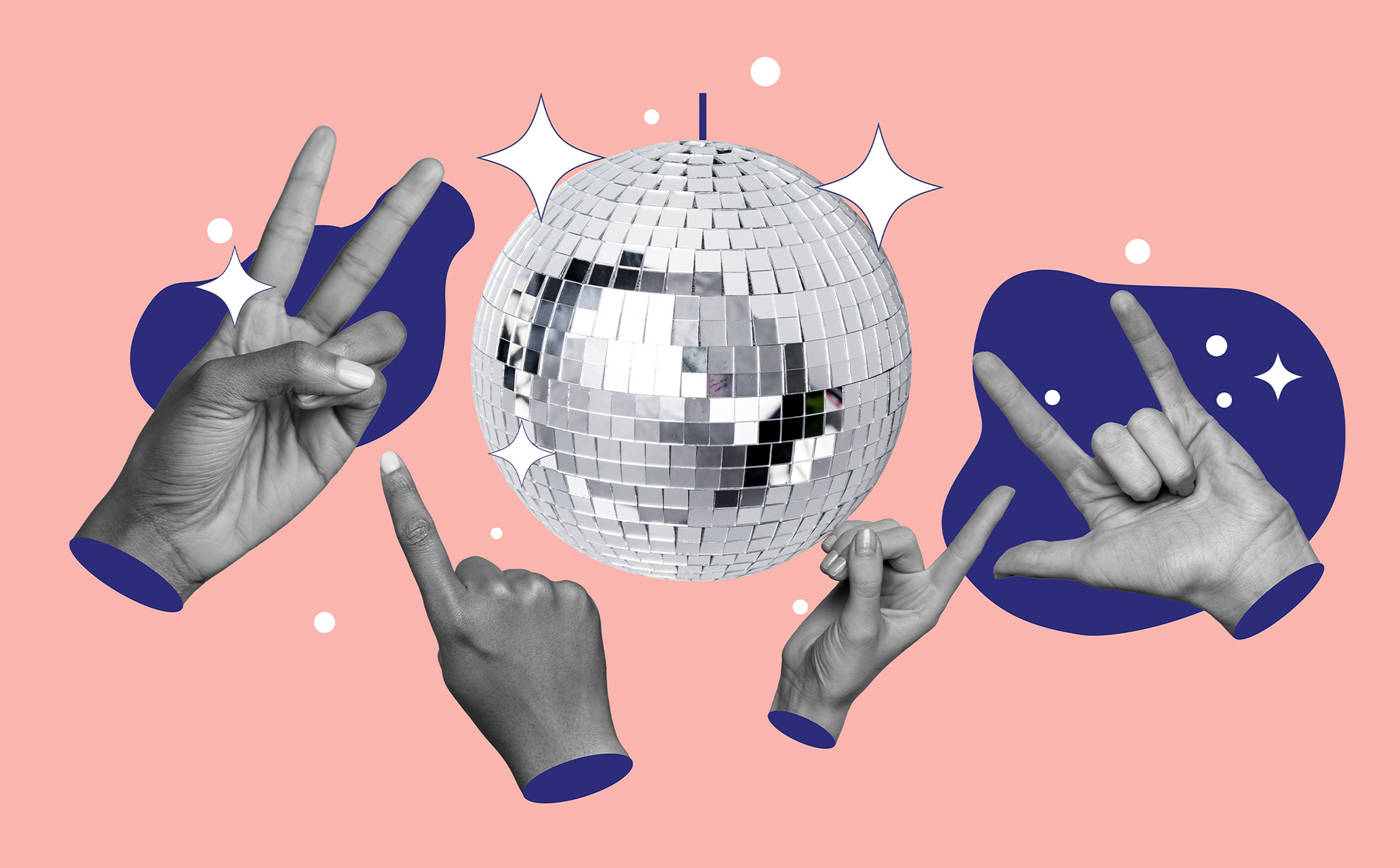Don’t Just Make the Logo ‘Pop’: 5 Iconic Ways Brands Stood Out Beyond House Style In the world of branding, the phrase …

Every action has an equal and opposite reaction—and the design world is no exception. As AI-generated designs have pushed visual aesthetics toward perfection, a counter-trend has emerged, embracing raw, imperfect, and human-centered creativity. Enter ugly minimalism, a rebellious, messy, and unapologetically unpolished design philosophy that’s redefining how we perceive beauty.
Ugly minimalism intentionally subverts the clean, sterile lines of traditional minimalism with raw, jarring, and imperfect elements. It celebrates the beauty in chaos—think mismatched typefaces, vibrant clashing colors, and layouts that feel almost accidental. This aesthetic doesn’t seek to please everyone; instead, it prioritizes authenticity, humanity, and disruption.
In many ways, this movement is reminiscent of earlier creative revolutions:
But ugly minimalism isn’t a throwback—it’s a distinctly modern response to our AI-driven times.
The rise of AI tools has transformed design, enabling hyper-polished visuals at lightning speed. While these tools are undeniably powerful, they can often strip designs of their human touch. In a world inundated with perfect symmetry and algorithmic precision, designers are rebelling by injecting intentional imperfections into their work.
As Jodie Valery, a designer at Wonder, puts it:
“Much like the punk age of design, and even the Dadaist collage designs of the ’60s, we’re starting to see a resurgence of intentional human imperfections in design. The disruptive ‘ugly minimalism’ aesthetic is the design world’s response to the takeover of AI.”
This shift isn’t just about aesthetics—it’s about reclaiming the creative process.
Ugly minimalism is more than an anti-AI statement; it’s about reconnecting with audiences on a human level. Imperfect designs feel authentic, relatable, and refreshingly real in a world dominated by perfectly curated visuals.
Steve Campion, co-founder of Good Noise, highlights how this approach resonates with certain industries:
“Work that feels loose and not over-designed can work really well in some sectors. It’s strangely refreshing, it feels very human, and it’s full of charm.”
In hospitality, for example, businesses are using this aesthetic to connect with patrons on an emotional level. Hand-drawn illustrations, misaligned text, and vibrant yet clashing palettes create a sense of individuality and quirkiness that polished designs often lack.
The paradox of ugly minimalism is that its “imperfections” are carefully crafted. It may look spontaneous, but achieving this aesthetic requires thoughtful execution and a deep understanding of the audience. As Campion explains:
“This essentially makes the undesigned, well, designed.”
For brands, ugly minimalism works best when paired with:
The rise of ugly minimalism signals a larger cultural shift. As we navigate an increasingly digitized world, there’s a growing desire to hold onto what makes us human: imperfections, individuality, and the messy beauty of creativity.
In 2024, we embraced AI’s capabilities, exploring its potential to revolutionize design. But 2025 might be the year we push back, seeking balance by celebrating the unpredictable and human-centric aspects of art.
Ugly minimalism is more than a fleeting trend—it’s a movement. It’s a reminder that great design doesn’t have to be perfect; it just needs to make us feel something.
As we move into 2025, ugly minimalism challenges us to rethink our approach to design. It encourages us to embrace imperfection, disrupt norms, and reconnect with our humanity. Whether you love it or hate it, one thing is certain: ugly minimalism isn’t afraid to make a statement.
Are you ready to embrace the beauty of the imperfect? Let’s discuss how this bold aesthetic can add authenticity and charm to your next project.
Reach out to explore how we can incorporate the spirit of ugly minimalism into your brand’s story.
Don’t Just Make the Logo ‘Pop’: 5 Iconic Ways Brands Stood Out Beyond House Style In the world of branding, the phrase …
Top Acer Gaming Laptops for Every Gamer in 2024 Gaming laptops in 2024 have raised the bar, blending desktop-level performance with portability. …
Embracing Pantone’s Color of the Year 2025: PANTONE 17-1230 Mocha Mousse At our design agency, we eagerly await Pantone’s annual announcement of …
A hub of creative professionals for your creative needs.
Do not want to miss any news, updates, notice or any offer on our products, then please subscribe to our mailing list.
Copyright by Celf Company. All rights reserved.